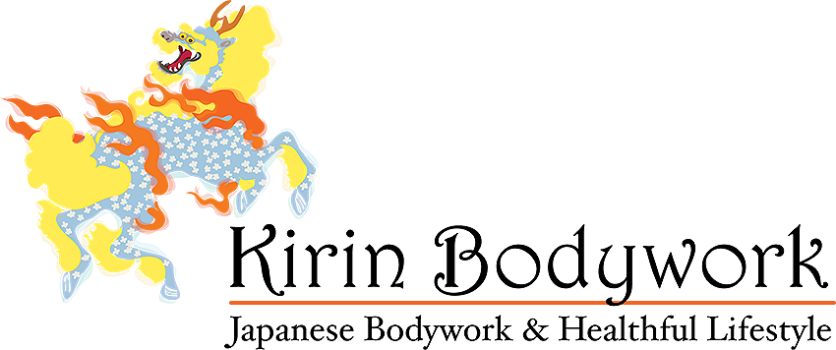I have wondered now and then why the description of the location of these points in various books sounded so very technical. They are not just technical, they are often dry. Even Japanese sources are strangely similar in their dryness. There are easier, friendlier ways to describe body parts, even when you are using technical language. Why make it harder to read for normal human beings?
Now I know.
WHO has a publication called WHO Standard Acupuncture Point Locations in the Western Pacific Region, and the language in that book is dry. It’s the source everyone is quoting from. I found the Japanese official translation of it too. There must be many other language versions.
Is it surprising to you that WHO has standardized the point locations?
It was to me, when I first heard about it. But it makes sense. It must have been a huge undertaking, in that a large number of experts in different countries and schools needed to come to an agreement. There was probably historic variation, too.
The screenshot below is from Amazon. The book is out of print and costs 200 dollars at least at the moment. You can see the way the points are described. Oh, so, impersonal. But I think we should forgive them for sounding a bit too technical and lofty, on the grounds that the compilation of this book was very likely an extremely difficult task. It’s useful for all beginning and intermediate learners, and wouldn’t have gotten done without someone like WHO.


